
A blog focusing on 1/64 diecast from such popular brands as Hot Wheels, Matchbox, Johnny Lightning, M2 Machines, GreenLight, Tomica, Yat Ming, Majorette, MotorMax, Siku, Corgi, Guisval, Playart, Ertl, Zylmex, Racing Champions, & many more. Swifty's Garage features a daily Car Of The Day and news updates from your favorite brands!
Friday, October 29, 2010
Car Of The Day: October 29, 2010
Today's car of the day is Majorette Sonic Flashers' 1987 Porsche 928 S4.
The Porsche 928 was a sports-GT car sold by Porsche AG of Germany from 1978 to 1995. Originally intended to replace the company's iconic 911, the 928 attempted to combine the power, poise, and handling of a sports car with the refinement, comfort, and equipment of a luxury sedan to create what some Porsche executives thought would be a vehicle with wider appeal than the compact, quirky and sometimes difficult 911.
Since its inception in 1949, Porsche has manufactured only six front-engined models, four of which were coupes, including the 928. The car has the distinction of being the company's only coupe powered by a front-mounted V8 engine, and the company's first mass-produced V8 powered model.
During 1983 the 928S was the fastest car sold in North America, with a top speed of 146 mph (235 km/h). Incidentally, its appearance in the 1983 film Risky Business attempted to capitalize on this fact.
For more information and pictures of the real car please visit: Porsche 928
A recent picture by Pegers brought this model to mind a few weeks ago, and I was shocked to actually stumble across it in my very disorganized collection. That meant it had to be COTD, so here it is. This one has definitely seen wear and tear from my childhood, and apaprently someone (Cole Trickle? Dale Earnhardt?) has 'hit the pace car'. A throwaway joke in "Days of Thunder" and something the Intimidator used to do to Elmo Langley in the Winston Cup races under caution.
Styling was the same from 1978 through 1979 and the body lacked both front and rear spoilers. From 1980 (1983 in North America) through 1986, front and rear spoilers were present on "S" models, rear spoilers were integrated into the hatch. From 1987 through 1995, the front spoiler is integrated into the nose and the rear spoiler became a separated wing rather than an integrated piece, and side skirts were added. The rear tail-light configuration was also different from previous versions. GTS model had wider rear fenders added to give more room for 9" wide wheels.
Another easily noticeable visual difference between versions is the style of the rims. Early 928s had 15" or 16" "phone dial"-style rims, while most 1980s 928s had 16" slotted "flat discs", CSs, SEs and 1989 GTs had 16" "Club Sport", later GTs had 16" "Design 90" style which were also option on same period S4s, the GTS used two variations of the 17" "CUP" rims.
Porsche introduced a refreshed 928 S into the European market in 1979 model year, although it was summer of 1982 and MY 1983 before the model reached North America. Externally, the S wore new front and rear spoilers and sported wider wheels and tires than the older variant, but the main change for the 928 S was under the hood, where a revised 4.7 L engine was used. European versions debuted with 300 PS (221 kW/297 hp), and were upgraded to 310 PS (228 kW/306 hp) for 1984 model year. From 1984 to 1986, the ROW (Rest Of the World) S model was officially called S2 in UK. North American spec 1983 and 1984 S models used, among other differences, smaller valves, milder camshafts and additional equipment to obey emissions regulations, and were limited to 239 hp (174 kW/242 PS) as a result.
As the faster S model was not available in the United States and Canada during the first three years of its existence, a "Competition Group" option was created to allow North American customers to have an S model lookalike with spoilers, 16" flat disc wheels, sport seats, sport springs and Bilstein shocks. Customers could specify paint and interior colors the same way as on a normal 928. The package was available in 1981 and 1982 model years and was canceled in 1983 when the S model became available for these markets. Many cars have had S model features added by subsequent owners, making original "Competition Group" cars difficult to distinguish without checking option codes.
In 1982 model year, two special models were available for different markets. 205 "Weissach Edition" cars were sold in North America. Unusual features were champagne gold metallic paint, matching brushed gold flat disc wheels, two-tone leather interior, a plaque containing the production number on the dash and the extremely collectible three-piece Porsche luggage set. It's believed these cars were not made with S spoilers even though these were available in U.S. during this time period as part of the "Competition Group" option. The "Weissach Edition" option was also available for the US market 911 in 1980 model year and 924 in 1981 model year.
140 special "50th Jubilee" 928 S models were available outside the U.S. and Canada to celebrate the company's 50 year existence as a car manufacturer. This model is also sometimes referred to as the "Ferry Porsche Edition" because his signature was embroidered into the front seats. It was painted meteor metallic and fitted with flat disc wheels, wine red leather and special striped fabric seat centers. Similar 911 and 924 specials were also made for ROW markets.
Porsche updated the North American 928 S for 1985, replacing the 4.7 L, SOHC engine with a new 5.0 L, DOHC unit sporting four valves per cylinder and producing 288 hp (215 kW/292 PS). Seats were also updated to a new style. These cars are sometimes unofficially called S3 to distinguish them from 16-valve S models. European models kept a 4.7 L engine, which was slightly more powerful, as standard; a little detuned 32-valve engine together with catalytic converters became an option in some European countries and Australia for 1986. That same year, revised suspension settings, larger brakes with 4-piston calipers and modified exhaust was installed on the 928 S, marking the final changes to old body style cars. ROW models received these changes at the beginning of the model year while North American cars got them only after close to 900 cars were made, starting from VIN 1001. North American version of this late 1986 model is sometimes referred as S3.5 or S3½ because of these changes. The name is a little misleading as more than 2/3 of the 1986 North American model production had these updates.
The 928 S4 variant debuted in the second half of 1986 as a 1987 model, an updated version of the 5.0 L V8 for all markets producing 320 PS (235 kW/316 hp), sporting a new single-disc clutch in manual gearbox cars, larger torque converter in automatics and fairly significant styling updates which gave the car a cleaner, sleeker look. S4 was much closer to being a truly world car than previous models as only major differences between ROW and US models were instrumentation in either kilometers or miles, lighting, front and rear bumper shocks and the availability of catalytic converters in many ROW markets. The Australian market version was only one with different horsepower rating at 300 PS (221 kW/296 hp) due to preparation for possible low grade fuel. Even this was achieved without engine changes.
A Club Sport variant which was up to 100 kg (220 lb) lighter became available to continental Europe and U.S. in 1988. This model was watered down version of 1987 factory prototype which had lightened body and 10.9:1 compression ratio engine. Also in 1987 the factory made four white lightened manual gearbox S4 models for racecar drivers who were on their payroll at the time. These were close to same as later actual Club Sport models and can also be considered prototypes for it. An SE (sometimes called the S4 Sport due to model designation on rear bumper), a sort of halfway point between a normally equipped S4 and the more race-oriented Club Sport, became available to the UK. It's generally believed these Porsche Motorsport engined cars have more hp than the S4. They utilize parts which later became known as GT pistons, cams, engine ECU programs and a stronger, short geared manual gearbox. The automatic gearbox was not available.
For 1989 model year visible change inside was digital trip computer in dashboard. At the same time Australian models received the same 320 PS (235 kW/316 hp) engine management setup as other markets. Porsche debuted the 928 GT in the late winter 1988/89 after dropping the slowly selling CS and SE. In terms of equipment, the GT was like the 928 SE, having more equipment than a Club Sport model but less than a 928 S4 to keep the weight down somewhat. It had the ZF 40% limited-slip differential as standard like the Club Sport and SE before it. Also like the CS and SE, the GT was only available with a manual gearbox. ROW 1989 CS and GT wheels had an RDK tire pressure monitoring system as standard. This was also optional for the same year ROW S4. For 1990 model year Porsche made RDK and a 0-100% variable ratio limited-slip called PSD (Porsche SperrDifferential) standard in both GT and S4 models for all markets. This system is much like the one from the 959 and gives the vehicle even more grip. In 1990 the S4 was no longer available with a manual gearbox.
The S4 and GT variants were both cut at the end of 1991 model year, making way for the final version of the 928. The 928 GTS came for sale in late 1991 as a 1992 model in Europe and in spring of 1992 as an early 1993 model in North America. Changed bodywork, larger front brakes and a new, more powerful 5.4 L, 350 PS (257 kW/345 hp) engine were the big advertised changes; what Porsche wasn't advertising was the price. Loaded GTS models could eclipse $100,000 USD in 1995, making them among the most expensive cars on the road at the time. This severely hampered sales despite the model's high competency and long standard equipment list. Porsche discontinued the GTS model that year after shipping only 77 of them to the United States. Total worldwide production for all years was a little over 61,000 cars.
Second-hand models' value decreased as a result of generally high maintenance costs due largely to spare parts that are expensive to manufacture. The earliest versions, however, especially those models with the Bosch K-Jetronic (CIS) injection system, have few electronic components and therefore can be repaired more easily provided spare parts can be found. Parts suppliers supported by various enthusiasts exist especially in the United States.
The GTS model has retained a high value however, and as of 2006 the price for all variants is apparently starting to creep upwards (Classic Motorsports, March, 2006 issue, p. 38). A great community dedicated to the 928 exists online even today, and the car has won a huge fan base. The 928 was such a powerful vehicle in its day that even models 25+ years old are able to outperform current sport/grand-touring models of various manufacture.
With the release of the Cayenne SUV, Porsche has met with renewed success with a front-engined, V8-powered model. The company's 2005 announcement that a new V8-powered 4-door grand tourer model called Panamera would be launched in 2009 fueled rumors and fan speculation of a reborn 928. Although the Panamera will be a 4-door model, Road and Track magazine published a speculative piece in their April 2006 issue in regards to the possibility of a new, 928-esque coupe that may debut on a shortened version of the Panamera's platform sometime around 2011 or 2012 model year. Although feasible, this is pure speculation as of 2006. The article seemed to indicate a re-use of the 928 nameplate although Porsche's recent tendency to give non-numerical names to their vehicles and a desire to separate the vehicle from past models may preclude the possibility of calling the vehicle 928.
Also noteworthy is that there are several manufacturers of supercharger and turbo kits specifically for the 928. The stock engine for any year is capable of handling significant power increases without part failure. More owners have opted for supercharging their vehicles as the conversion is reasonably straight forward whereas the fitting of two turbo chargers on each of the exhaust manifolds has caused problems because of the lack of space.
Subscribe to:
Post Comments (Atom)
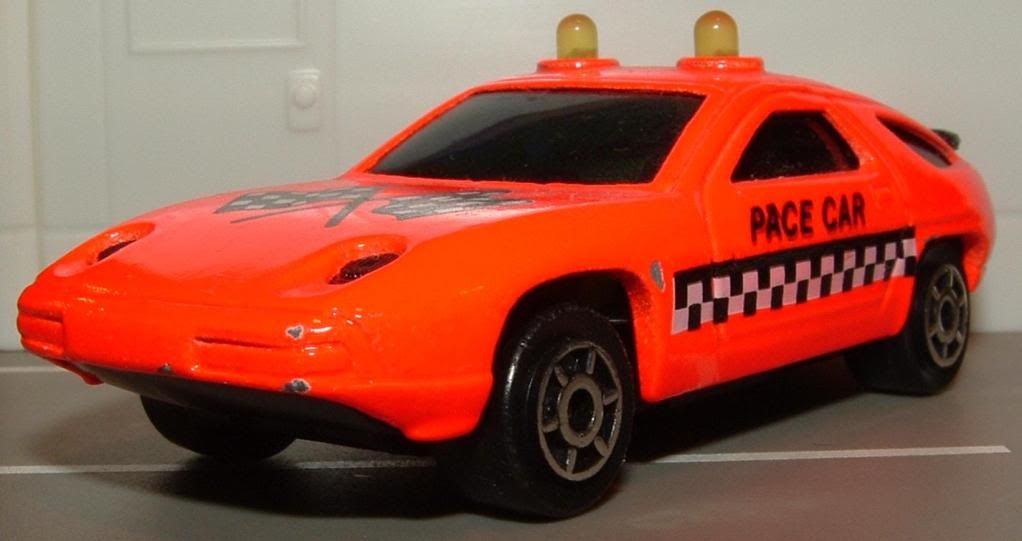
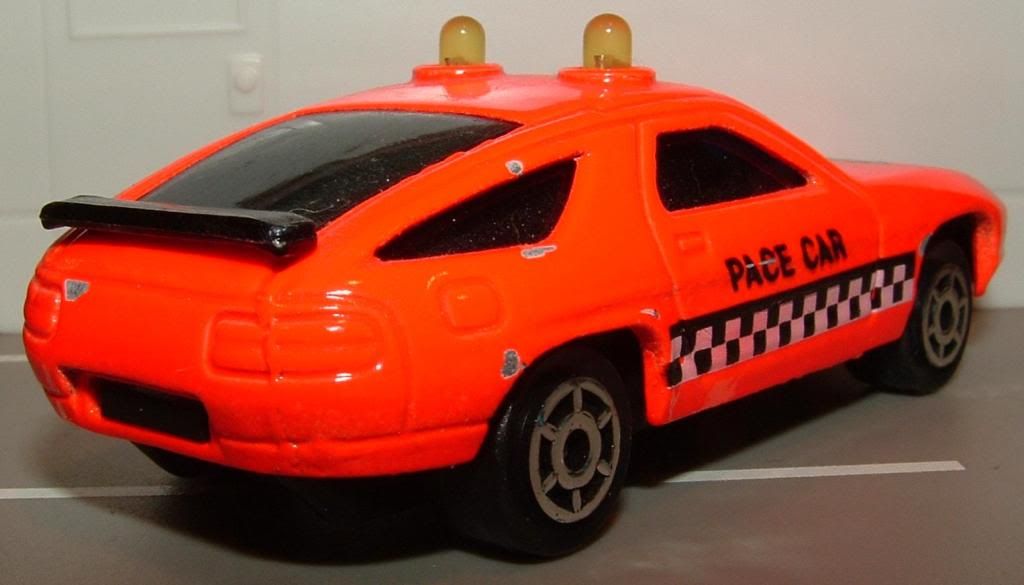
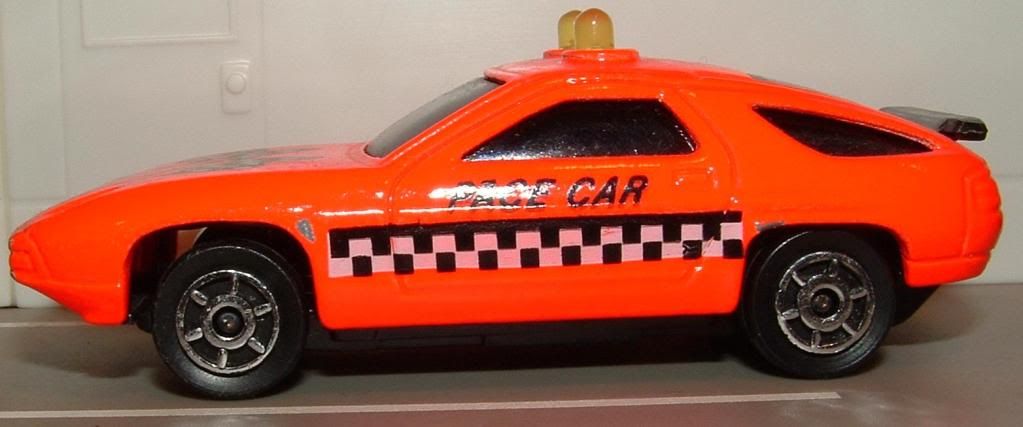
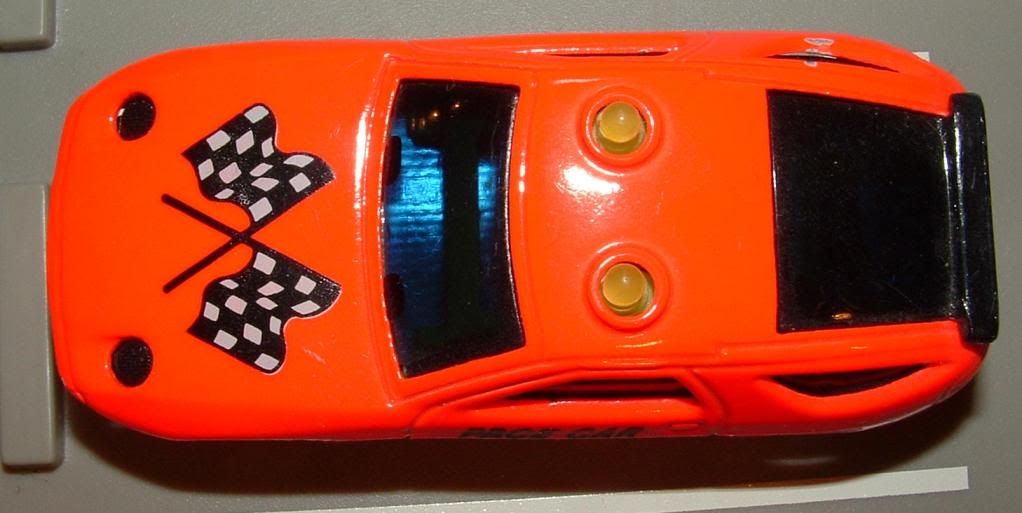
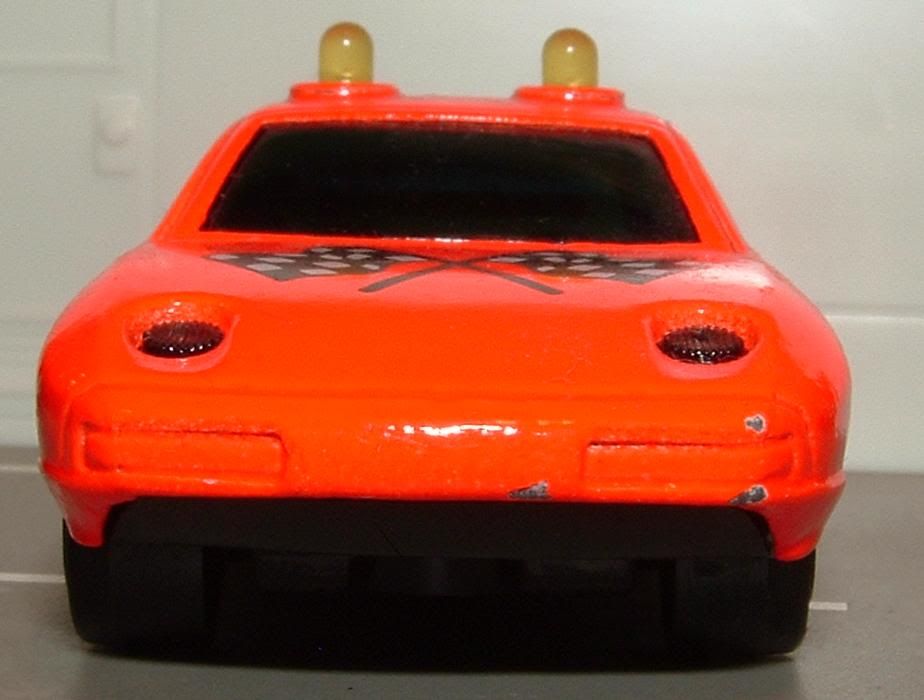
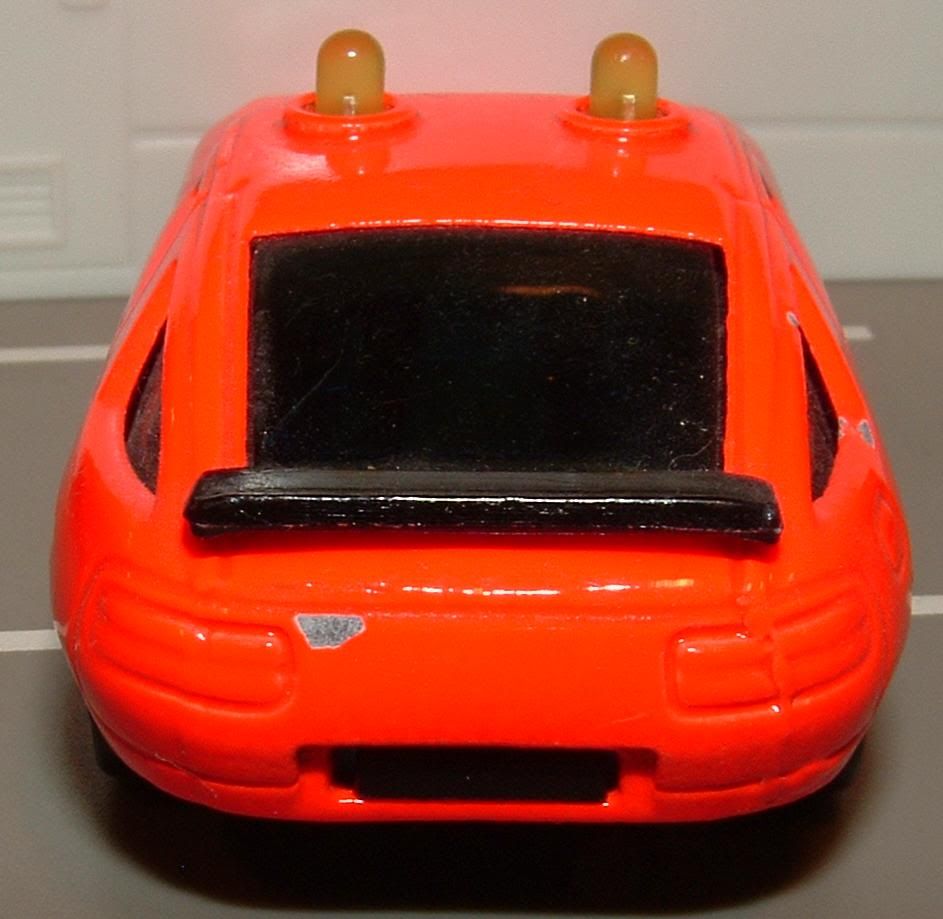
No comments:
Post a Comment